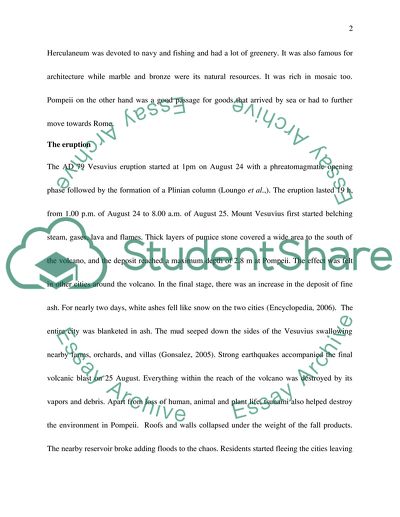Cite this document
(“Pompeii and Herculaneum in 79AD Essay Example | Topics and Well Written Essays - 1000 words”, n.d.)
Retrieved from https://studentshare.org/history/1537273-pompeii-and-herculaneum-in-79ad
Retrieved from https://studentshare.org/history/1537273-pompeii-and-herculaneum-in-79ad
(Pompeii and Herculaneum in 79AD Essay Example | Topics and Well Written Essays - 1000 Words)
https://studentshare.org/history/1537273-pompeii-and-herculaneum-in-79ad.
https://studentshare.org/history/1537273-pompeii-and-herculaneum-in-79ad.
“Pompeii and Herculaneum in 79AD Essay Example | Topics and Well Written Essays - 1000 Words”, n.d. https://studentshare.org/history/1537273-pompeii-and-herculaneum-in-79ad.


